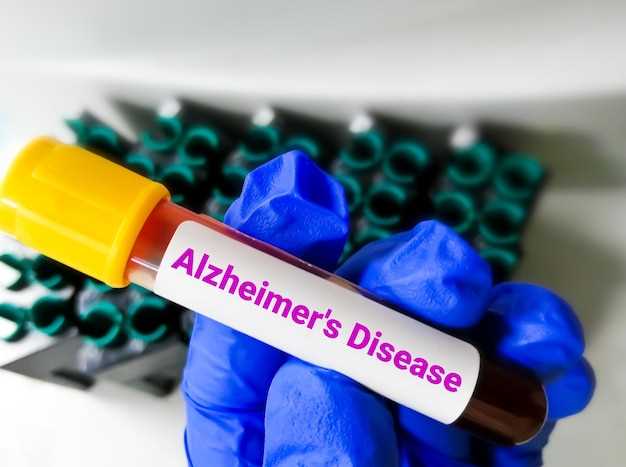
Are you taking Losartan for high blood pressure? Be aware of the potential risk of developing hyponatremia, a condition characterized by low sodium levels in the blood.
Hyponatremia can lead to symptoms such as nausea, headaches, confusion, and in severe cases, seizures and coma.
It is important to monitor sodium levels regularly while on Losartan and report any unusual symptoms to your healthcare provider.
Stay informed and stay safe when taking Losartan!
Causes and Risk Factors

Hyponatremia is a condition where the sodium levels in your blood become abnormally low. This can be caused by a variety of factors, including excessive fluid intake, certain medications (such as Losartan), hormonal imbalances, kidney disease, heart failure, and liver cirrhosis.
Risk factors for developing hyponatremia while taking Losartan include older age, being female, having certain underlying health conditions, and consuming a low-sodium diet. It is important to monitor your sodium levels regularly while on Losartan and to consult your healthcare provider if you experience any symptoms of hyponatremia.
Causes and Risk Factors
Hyponatremia is a condition characterized by low sodium levels in the blood. Losartan, a medication commonly used to treat high blood pressure, can sometimes cause hyponatremia as a side effect. This is because Losartan works by blocking the action of a hormone that regulates sodium levels in the body. When this hormone is blocked, it can lead to a decrease in sodium levels, resulting in hyponatremia.
There are several risk factors that can increase the likelihood of developing hyponatremia while taking Losartan. These include older age, female gender, underlying kidney problems, heart failure, liver disease, and taking other medications that affect sodium levels. It is important for patients taking Losartan to be aware of these risk factors and to monitor their sodium levels regularly to prevent the development of hyponatremia.
Symptoms and Diagnosis
Recognizing the symptoms of Losartan hyponatremia is crucial for early diagnosis and prompt treatment. Common symptoms of hyponatremia include nausea, vomiting, headache, confusion, seizures, and muscle cramps. If you experience any of these symptoms while taking Losartan, contact your healthcare provider immediately.
Diagnosing Losartan-induced hyponatremia typically involves blood tests to measure sodium levels in the blood. Your doctor may also conduct a physical exam and review your medical history to determine the cause of your symptoms. Based on the diagnosis, appropriate treatment options and management strategies can be recommended to address the underlying issue and restore sodium balance.
Treatment Options
There are several treatment options available for managing Losartan hyponatremia, depending on the severity of the condition. In mild cases, it may be sufficient to adjust the dosage of Losartan or discontinue its use altogether. It is important to consult with a healthcare provider before making any changes to your medication regimen.
Management
Management of Losartan hyponatremia may involve monitoring sodium levels in the blood regularly and making dietary changes to increase sodium intake. In severe cases, hospitalization and intravenous saline may be necessary to restore electrolyte balance. It is crucial to follow your healthcare provider’s recommendations closely to effectively manage Losartan-induced hyponatremia.
Prevention and Lifestyle Changes

1. Maintain a healthy diet: Eating a balanced diet rich in fruits, vegetables, whole grains, and lean proteins can help lower your risk of developing hyponatremia. Avoiding processed foods high in sodium can also contribute to overall health.
2. Stay properly hydrated: It’s important to drink an adequate amount of water each day to help maintain electrolyte balance in your body. Pay attention to your body’s thirst cues and drink water throughout the day.
3. Exercise regularly: Physical activity can help regulate your body’s fluid levels and promote overall health. Be sure to stay hydrated during and after exercise to prevent dehydration.
4. Monitor your salt intake: Be mindful of the amount of salt you consume in your diet. Excessive sodium intake can contribute to electrolyte imbalances, so it’s important to limit your salt intake and opt for low-sodium options when possible.
5. Consult with your healthcare provider: If you have underlying medical conditions or are taking medications that may increase your risk of hyponatremia, talk to your doctor about steps you can take to prevent it. Your healthcare provider can provide personalized recommendations based on your individual health needs.
